Abstract: This article provides an overview of the basic concepts and principles of feed pumps, exploring their significance and wide-ranging applications in industrial processes. We delve into the working principles, main types, and application scopes of feed pumps, aiming to help readers gain a better understanding and make informed choices when selecting suitable feed pumps.
Feed pumps are devices used for transporting liquids or fluid substances and find extensive applications in various industries. They play a critical role in transferring materials from one location to another, making them indispensable components in many industrial processes.
The working principles of feed pumps are based on two fundamental principles: pressure and flow rate. By generating a pressure differential, feed pumps facilitate the movement of liquids or fluid substances from a low-pressure area to a high-pressure area, accomplishing the task of transportation. The main components of feed pumps include the driving mechanism (such as an electric motor or an engine), the pump body, and the liquid inlet and outlet.
Based on their working principles and structural characteristics, feed pumps can be categorized into several types, with common examples including centrifugal pumps, positive displacement pumps, and rotary pumps.
-
Centrifugal pumps: Centrifugal pumps use the centrifugal force generated by a rotating impeller to draw in and discharge the liquid. They are the most commonly used type of feed pump and find wide applications in chemical, petroleum, water treatment, and agricultural industries, among others.
-
Positive displacement pumps: Positive displacement pumps transport fluids by continuously changing the volume, allowing the liquid to be drawn in and discharged. Common types of positive displacement pumps include gear pumps, piston pumps, and screw pumps. Positive displacement pumps are suitable for high-pressure and high-viscosity liquid transportation.
-
Rotary pumps: Rotary pumps utilize the gap between a rotor and a stator to move the liquid. They exhibit excellent self-priming capability and are capable of delivering high-pressure fluid, making them suitable for special process requirements and applications requiring high pressure.
Feed pumps are widely applied in various industries within industrial processes:
-
Chemical industry: Feed pumps are used to transport chemical raw materials, solvents, acids, alkaline liquids, etc., supporting the smooth operation of chemical processes.
-
Oil and gas industry: Feed pumps are utilized in processes such as oil extraction, refining, oil transportation, and natural gas processing, handling crude oil, petroleum products, and gases.
-
Water treatment industry: Feed pumps are employed in water supply, wastewater treatment, drainage systems, water circulation systems, ensuring the supply and treatment of water resources.
-
Manufacturing industry: Feed pumps are used in hydraulic systems, cooling systems, lubrication systems, etc., to meet the demand for fluids during the manufacturing process.
Choosing the appropriate feed pump requires considering factors such as fluid characteristics, flow rate requirements, pressure ranges, and material selection. Making informed choices and applying feed pumps correctly can ensure the efficient and stable operation of industrial processes.
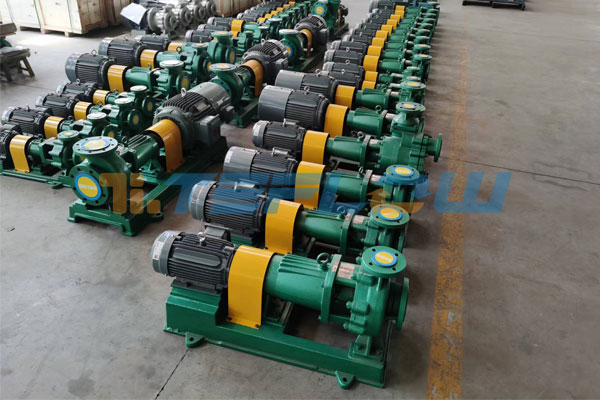
In conclusion, feed pumps are vital components in industrial processes, serving the purpose of transporting liquids or fluid substances based on the principles of pressure and flow rate. Understanding the working principles, different types, and widespread applications in industries such as chemical, petroleum, water treatment, and manufacturing will aid readers in selecting suitable feed pumps for their specific industrial processes, ensuring their proper functioning and high efficiency.





 +86 18130251359
+86 18130251359 teflowpumps@tlpumps.com
teflowpumps@tlpumps.com

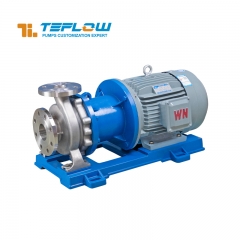
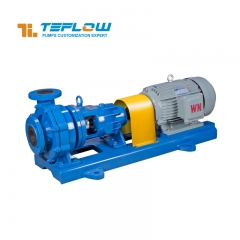
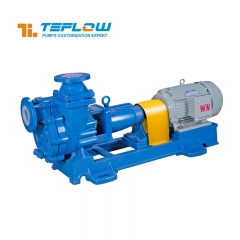
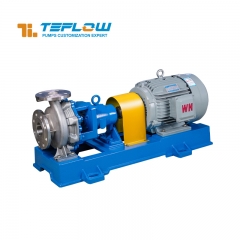








 +86+0563-5093318
+86+0563-5093318
